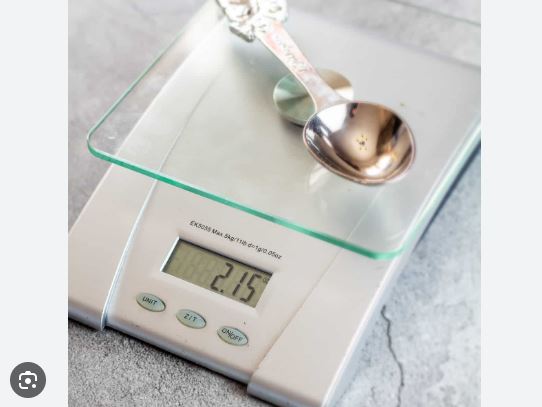In the vibrant world of culinary adventures, precision is paramount. Whether you’re a seasoned chef or a kitchen novice, mastering the art of ingredient conversions is a skill that can elevate your cooking game.
One common challenge many home cooks face is converting volume measurements, particularly when it comes to dealing with ingredients like sugar, butter, and flour. In this guide, we’ll demystify the process and explore how to convert ounces to tablespoons seamlessly.
Understanding the Basics:
Before delving into the conversion magic, let’s establish a foundational understanding of the ingredients in question.
1. Sugar:
Sugar, the sweet essence in many recipes, can be transformed from ounces to tablespoons with a simple ratio. One ounce of sugar is equivalent to approximately 2 tablespoons. Keep this conversion in mind when sweetening up your favorite desserts.
2. Butter:
Butter, the culinary superstar that adds richness to both sweet and savory dishes, has its own conversion ratio. One ounce of butter equals about 2 tablespoons. This conversion is crucial for achieving the perfect consistency in your baked goods or savory creations.
3. Flour:
Flour, the backbone of many recipes, requires a slightly different conversion ratio. One ounce of flour is roughly equal to 3 tablespoons. Understanding this conversion ensures that your cakes, cookies, and breads turn out just right.
The Conversion Dance:
Now that we have our base conversions established, let’s explore how to practically apply them in your kitchen.
Step 1: Know Your Measurements
Familiarize yourself with the measurements your recipe calls for. If it lists ingredients in ounces and you prefer using tablespoons, you’ll need to convert.
Step 2: Use the Ratios
Apply the conversion ratios we discussed earlier:
– Sugar: 1 ounce = 2 tablespoons
– Butter: 1 ounce = 2 tablespoons
– Flour: 1 ounce = 3 tablespoons
Step 3: Get Accurate Tools
Investing in accurate measuring tools is crucial for precision in your conversions. A reliable kitchen scale and measuring spoons are your best allies.
Practical Examples:
Let’s walk through a couple of scenarios to illustrate how these conversions work in real-life cooking.
Example 1: Chocolate Chip Cookies
Your favorite chocolate chip cookie recipe calls for 8 ounces of butter. Using our conversion ratio (1 ounce = 2 tablespoons), you’ll need 16 tablespoons of butter to achieve the perfect balance of flavor and texture.
Example 2: Classic Pancakes
A classic pancake recipe might call for 12 ounces of flour. Applying our flour conversion ratio (1 ounce = 3 tablespoons), you’ll measure out 36 tablespoons of flour for light and fluffy pancakes.
Now, let’s sprinkle in some SEO magic to ensure this article reaches aspiring chefs and seasoned cooks alike. Remember our keyword: “How to convert Ounces to Tablespoons Sugar, Butter & Flour.”
1. Introduction Paragraph:
Introduce the topic naturally, incorporating the keyword. For example, “Embark on a culinary journey as we unravel the mysteries of converting ounces to tablespoons for sugar, butter, and flour.”
2. Subheadings:
Use subheadings that include the keyword, such as “Mastering Sugar Conversions,” “Butter Conversion Tips,” and “Flour Conversion Made Easy.”
3. Natural Integration:
Integrate the keyword organically throughout the article, ensuring it flows naturally within sentences and paragraphs.
Conclusion:
With these conversion tips at your fingertips, you’re now equipped to confidently navigate the world of ounces to tablespoons for sugar, butter, and flour. Transform your kitchen into a haven of culinary delights, where precision meets creativity. Happy cooking!
